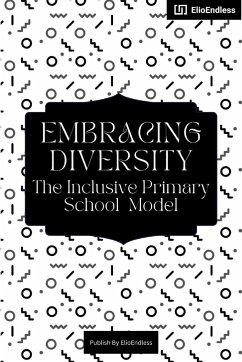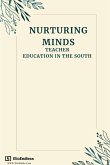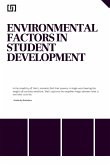In the contemporary Indian education landscape, "Inclusion" has emerged as the latest buzzword. The Indian Government, through its Sarva Shiksha Abhiyaan, advocates the practice of Inclusive Education for children with Special Educational Needs (CWSN). The philosophy of Inclusion asserts that every child should, to the greatest extent possible, study in regular schools. This necessitates schools making adjustments in their routines and eliminating both attitudinal and physical barriers to accommodate the needs of CWSN. This research represents an endeavor to examine the concept of a school-specific Inclusive Education Plan (IEP), meticulously crafted and executed with a specific child and school in mind. The journey from selecting a suitable sample to implementing and evaluating the IEP is systematically detailed across seven chapters. The First Chapter centers on the rationale, title, objectives, and limitations of this study. The Second Chapter aligns this research with the existing body of knowledge in the field of Inclusive Education and the transition from Special to Inclusive Education. The Third Chapter compiles insights drawn from the experiences of fellow researchers. In the Fourth Chapter, we outline the study's design and provide essential details concerning the first four phases. These phases relate to the macro level of the study, encompassing aspects such as teacher awareness of the basic concept of Inclusive Education, the formulation of school-specific awareness training schedules, the execution of in-service teacher training, classroom observations, and the preparation of case profiles and school training needs profiles. The fifth chapter furnishes crucial details pertaining to the subsequent three phases. The primary focus here is on the planning, development, implementation, and evaluation of the IEP. The Sixth Chapter offers a concise glimpse into the journey beyond this present research. It delves into the major findings, implications for Inclusive schools, suggestions for further research, and the valuable lessons we have gleaned.
Hinweis: Dieser Artikel kann nur an eine deutsche Lieferadresse ausgeliefert werden.
Hinweis: Dieser Artikel kann nur an eine deutsche Lieferadresse ausgeliefert werden.








